How to Understand Plato’s Theory of Forms
Application of Forms in Ethics and Politics Plato’s Theory of Forms holds significant implications in the realms of ethics and politics. In the context of … Read more
Embarking on a journey through Plato’s Theory of Forms invites us into one of the most intriguing aspects of his philosophy. This theory, at the heart of Plato’s philosophical endeavors, suggests a world of perfect, eternal, and immaterial Forms or Ideas, which represent the truest essence of all things in the material world. Within this section, we unravel the complexities and beauty of the Theory of Forms, exploring its foundational role in understanding reality, knowledge, and virtue. Through various posts, we dissect how Plato distinguishes between the world we perceive through our senses and the higher realm of Forms, where true knowledge is attainable. This exploration not only highlights the influence of the Theory of Forms on subsequent philosophical thought but also examines its relevance in today’s quest for meaning and truth. Join us as we delve into the profound implications of Plato’s vision, illuminating the paths through which he sought to transcend the physical and grasp the eternal.
Application of Forms in Ethics and Politics Plato’s Theory of Forms holds significant implications in the realms of ethics and politics. In the context of … Read more
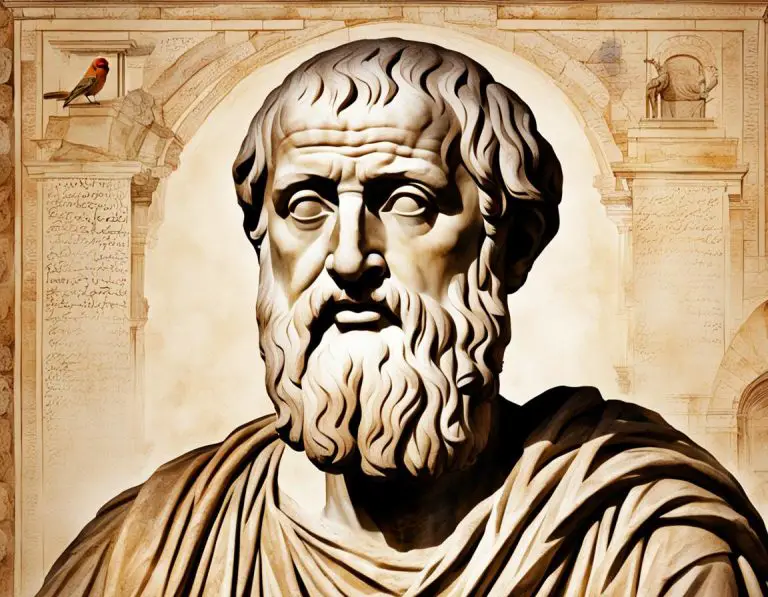
Philosophical Ideas, Theory of Forms
Interpreting Plato’s Philosophical Views Plato’s Allegory of the Cave serves as a profound metaphor for the journey of philosophical enlightenment. In this allegory, Plato illustrates … Read more
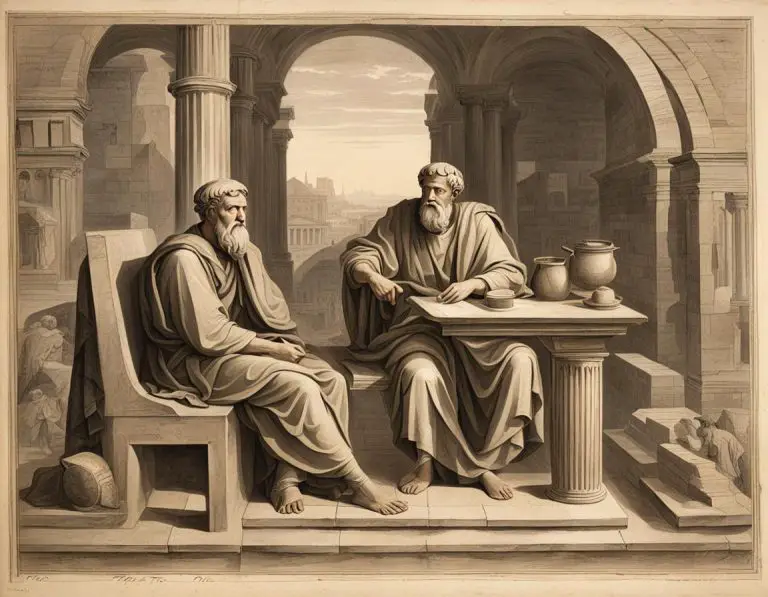
Philosophical Ideas, Theory of Forms
The Impact of Tripartite Soul on Behavior The concept of the tripartite soul, as proposed by ancient philosophers like Plato, has profound implications on human … Read more
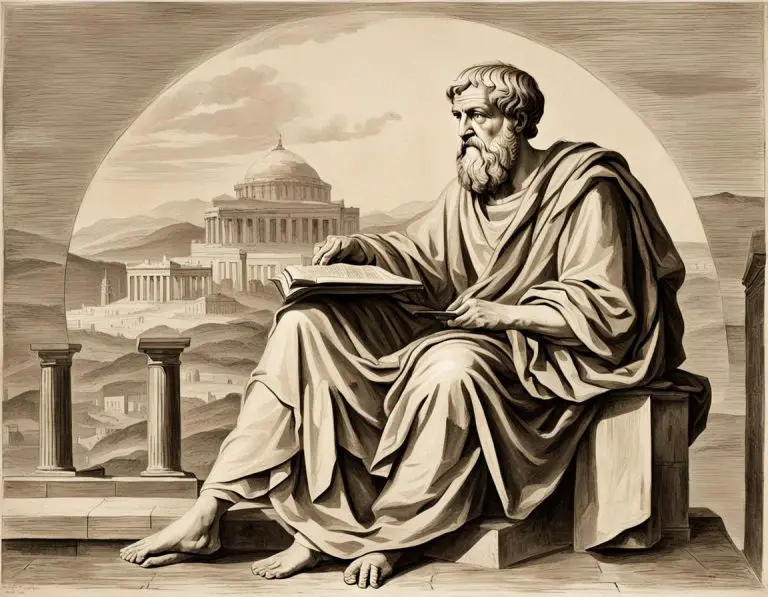
Philosophical Ideas, Theory of Forms
Comparing Philosophical Leadership with Traditional Rulership When comparing philosophical leadership with traditional rulership, it is crucial to highlight the stark differences in their underlying principles … Read more
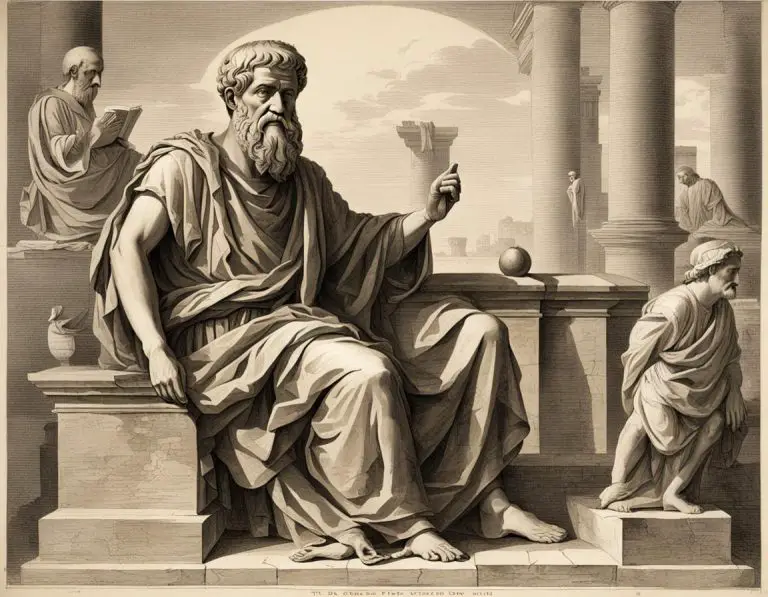
Philosophical Ideas, Theory of Forms
Implications of the Tripartite Soul in Ethics The Tripartite Soul, as elucidated by Plato, plays a pivotal role in shaping ethical behavior. By breaking down … Read more
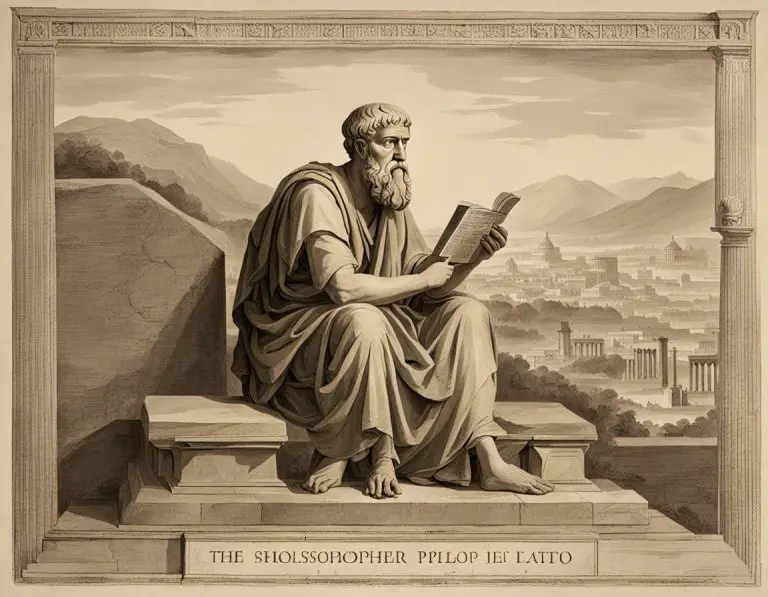
Philosophical Ideas, Theory of Forms
Importance of Balancing the Soul’s Elements Achieving balance among the three elements of the soul, according to Plato, is crucial in leading a harmonious and … Read more

Philosophical Ideas, Theory of Forms
Critiques of Democracy Plato’s “The Republic” stands as a profound critique of the democratic system prevalent in his time. In the dialogue, Socrates argues that … Read more
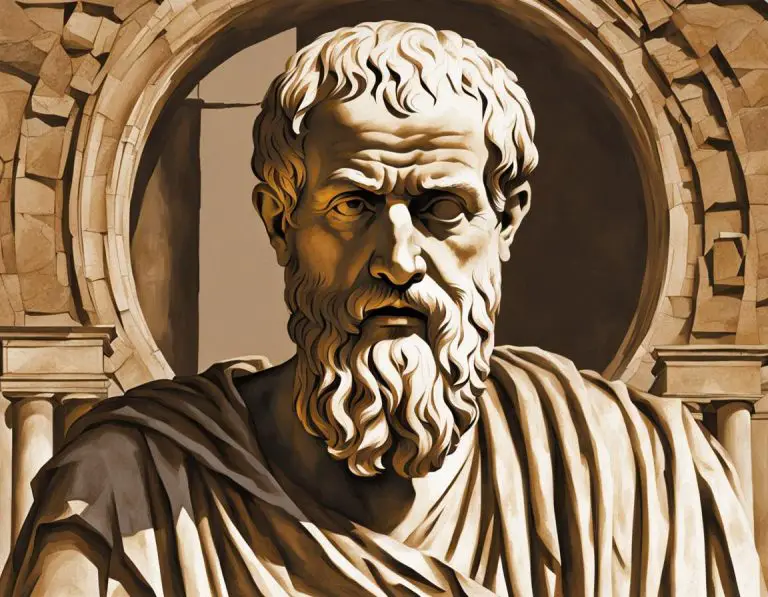
Philosophical Ideas, Theory of Forms
Plato’s Concept of Soul Plato’s concept of the soul delves into the belief that the soul is immortal and exists long before and after the … Read more
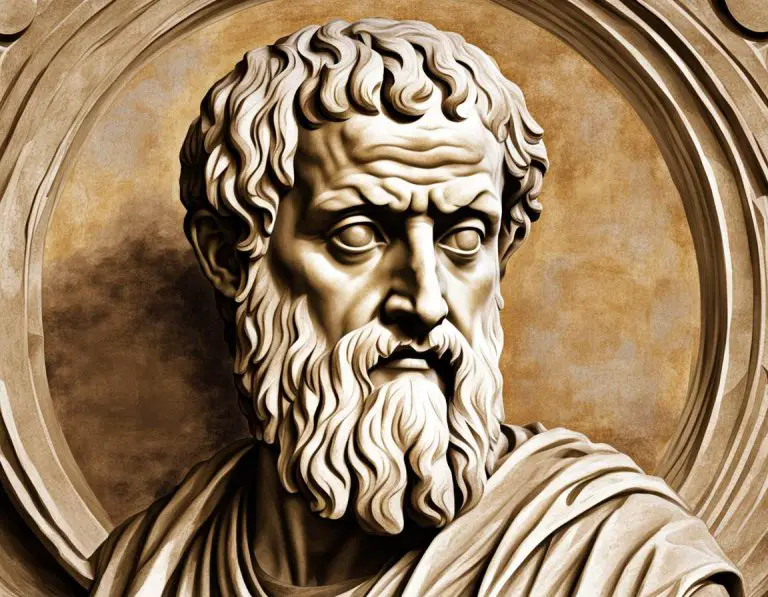
Philosophical Ideas, Theory of Forms
Metaphysics in Plato’s Writings Plato, a prominent figure in Western philosophy, delved into the realm of metaphysics in his writings, aiming to uncover the fundamental … Read more
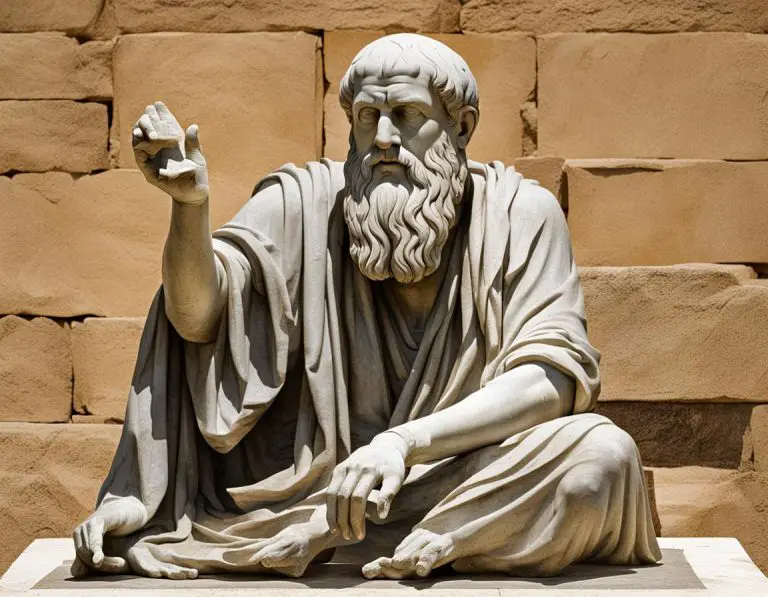
Philosophical Ideas, Theory of Forms
Plato’s Metaphysics Plato’s metaphysics forms the cornerstone of his philosophical teachings, grappling with the profound question of the fundamental nature of reality. Central to his … Read more